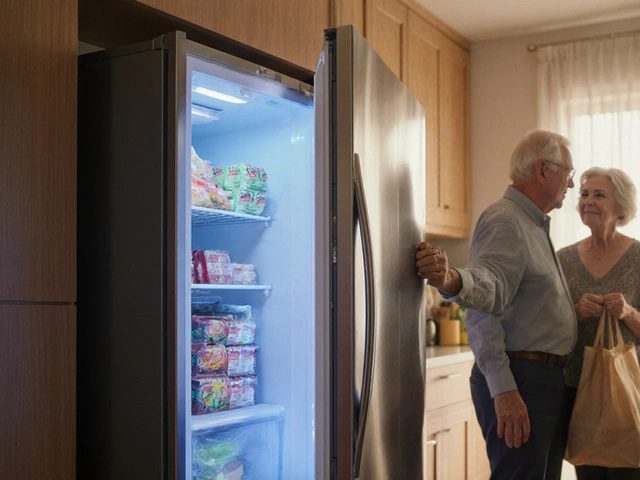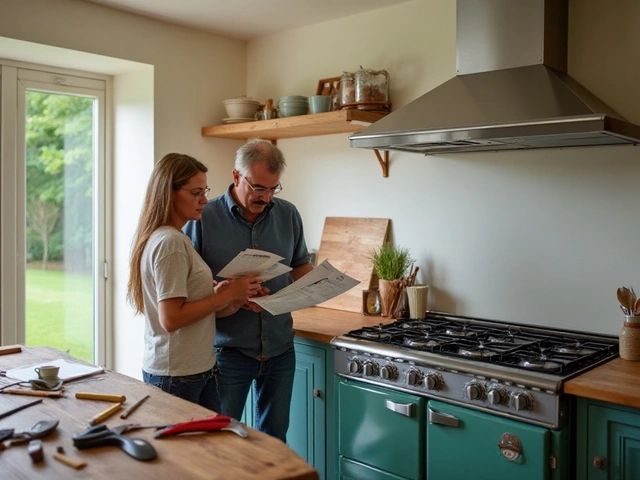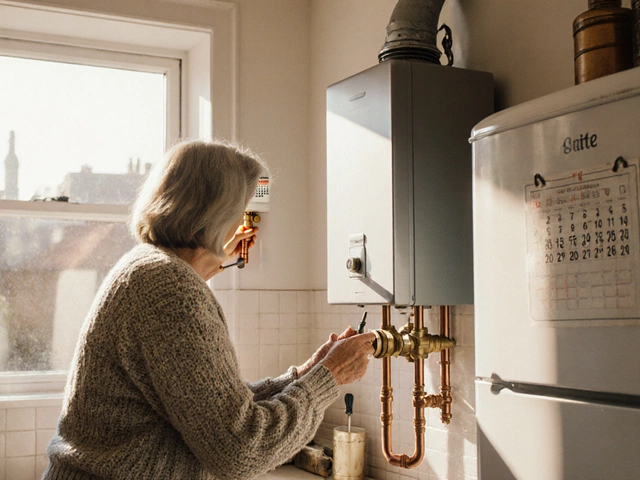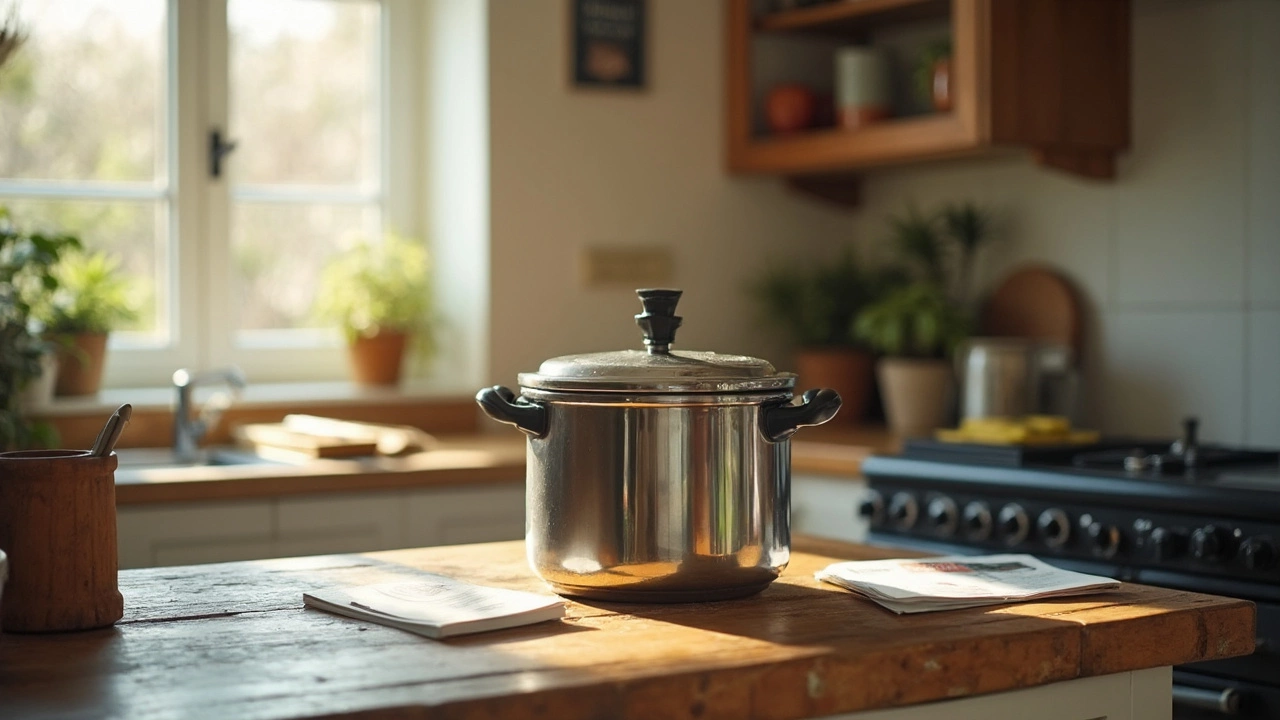Pressure Cooker Lifespan: What to Expect and How to Stretch It
If you love fast meals, you probably own a pressure cooker. But after a few years you might wonder – is it still safe? How many more meals can it handle? Knowing the typical lifespan and the things that wear it out helps you avoid surprise breakdowns.
Typical Life Expectancy
Most mid‑range models last between 5 and 10 years if you use them regularly. High‑end stainless‑steel units can hit 12‑15 years, and a few premium brands even stretch to 20 years with meticulous care. Cheaper aluminum or thin‑metal versions often give up sooner, especially if you push them hard or skip maintenance.
Factors That Shorten or Extend the Life
Frequency of use. Cooking daily speeds up wear on the gasket, safety valve, and the pot’s interior. If you only cook once a week, the same cooker can outlive a heavy user.
Cleaning routine. Leaving food residue on the lid or inside the pot creates corrosion and weakens the seal. Rinse and wipe the gasket after each use, and give the whole cooker a gentle scrub with warm soapy water once a month.
Correct pressure settings. Over‑pressurising a pot puts extra stress on the safety valve and the body. Always follow the manufacturer’s pressure guidelines – the cooker is built for a specific range, not a maximum.
Quality of parts. Original gaskets, seals, and valves are designed to fit perfectly. Using generic replacements can cause leaks or uneven pressure, which shortens the cooker’s life.
Storage conditions. Store the cooker in a dry place. Moisture can rust metal and degrade the gasket. If you stack heavy items on top, you risk denting the lid or body.
Temperature shocks. Moving a hot cooker straight into cold water can warp the metal. Let it cool naturally before cleaning or rinsing.
When any of these factors are ignored, you’ll start seeing warning signs: whistles that sound too loud, steam escaping from the lid, or the pot not reaching full pressure. Those are the moments to act before a full failure.
When to Repair vs. Replace
If the gasket is cracked, replace it – it’s cheap and restores a lot of life. A stuck safety valve can often be cleaned or swapped out. However, if the pot’s body is rusted through, heavily dented, or the lid won’t lock securely, replacement is usually safer.
A good rule of thumb: if repair costs exceed 30‑40 % of a new cooker’s price, think about buying a fresh unit. For high‑end models, a professional repair can be worthwhile because the base price is higher.
At Rugby Appliance Repair Services we’ve seen many pressure cookers saved with a simple gasket change or valve cleaning. If you’re unsure whether your cooker can be fixed, give us a call. Our technicians can assess the issue quickly and let you know the best next step.
Bottom line: regular cleaning, gentle handling, and using the right parts can add years to your pressure cooker’s life. Treat it like a kitchen partner, not a disposable gadget, and it’ll keep delivering quick meals for a long time.






